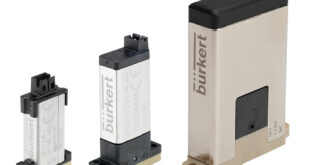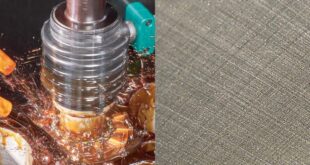The European 4.0 Transformation Center (E4TC) at Aachen University in Germany has investigated the strategic digitisation of design and control engineering and the technical layout of machines and plant systems.
The study (which can be downloaded free HERE), evaluates the use of CAE software (such as the one from by EPLAN) as a basic prerequisite for Engineering 4.0 and concludes that engineering companies could achieve time savings of up to 25% by partially automating engineering processes.
The researchers at E4TC in Aachen, initially introduced a model of the engineering workflow and created an evaluation matrix with five efficiency levels.
The ‘Efficiency Level’ matrix contains detailed descriptions of the methodology/workflow and is accompanied by a ‘Use Level’ matrix, which describes and evaluates the use of CAE software as a basic prerequisite for Engineering 4.0.
A total of ten process steps for engineering in machine manufacturing were examined, such as engineering, design, bills of material, reports, control cabinet layout, devices and templates.
The engineering workflow model generated contained the typical work steps of the ordering cycle.
“In most cases, customers and partners have little involvement in these process steps,” explained E4TC Managing Director Dr Thomas Gartzen. “This means that companies have complete control over optimising the steps to achieve time and cost savings through standardisation and automation.”
The path to higher efficiencies in the value chain is mapped out using traditional methods, going from standardisation through to automation.
To be able to evaluate the efficiency of each work step, the study scaled the workflow methodology in five stages – where the efficiency level (eLevel) of engineering can be evaluated.
Using the collected data, the scientists concluded that that engineering companies can become 20% more efficient from eLevel to eLevel and that device-oriented working methods bring a 25% time saving for schematic creation.
These time savings, which result from the use of CAE systems, translate into cost reductions that can significantly enhance profitability.
 Engineer News Network The ultimate online news and information resource for today’s engineer
Engineer News Network The ultimate online news and information resource for today’s engineer

